The 1960s gave rise to one of the most exciting chapters in American car culture—the muscle car era. It was a decade defined by horsepower battles, quarter-mile bragging rights, and factory performance packages designed to lure younger buyers. Every major automaker got involved, from GM and Chrysler to Ford and AMC, offering mid-size and compact cars stuffed with big-block V8s. Some lasted only a year or two, while others became legends that shaped the future of performance cars. Here’s a look at the muscle machines that defined the decade, broken down by make and model.
Pontiac GTO (1964–1969)
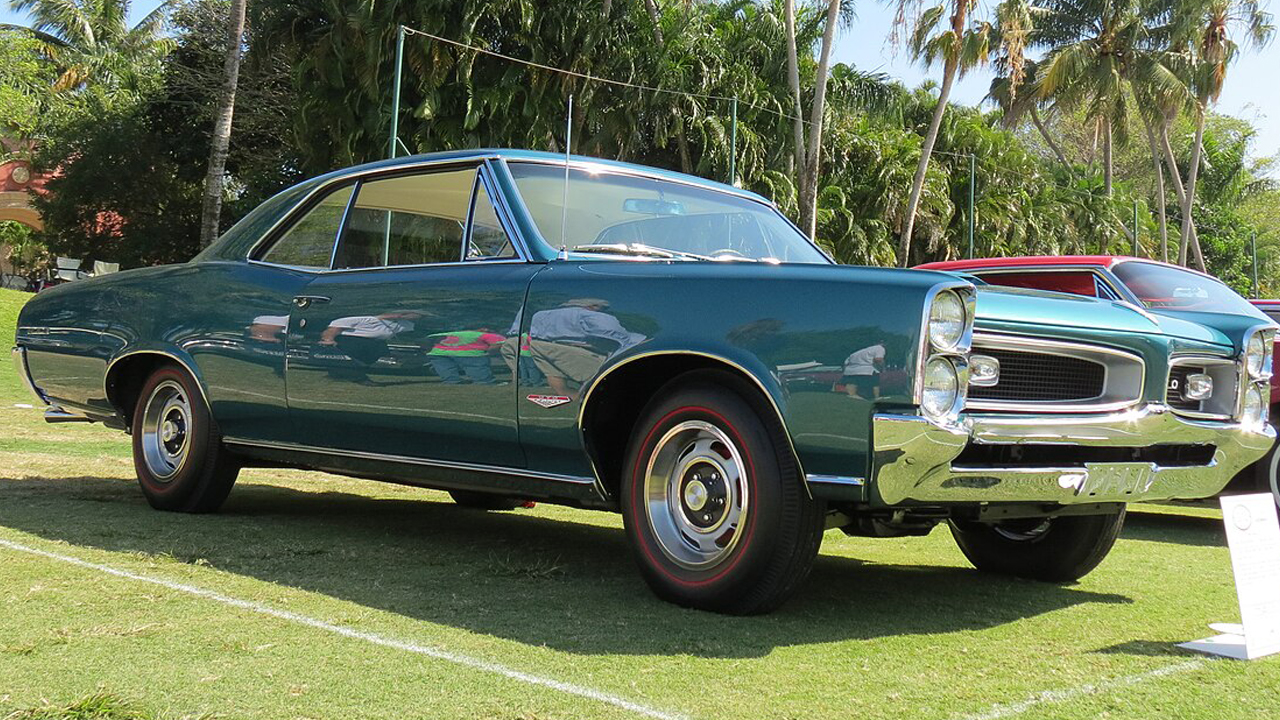
The car widely credited with starting the muscle car craze, the Pontiac GTO took the midsize Tempest and added a 389-cubic-inch V8 with optional Tri-Power carburetion. By 1966, the GTO was its own model line, offering 335 to 360 horsepower and styling that set the tone for the era. Later Ram Air options pushed performance even further, with quarter-mile times in the low 14s. Affordable, stylish, and powerful, the GTO became a cultural reference point and cemented Pontiac’s reputation as GM’s performance division.
Pontiac Firebird (1967–1969)
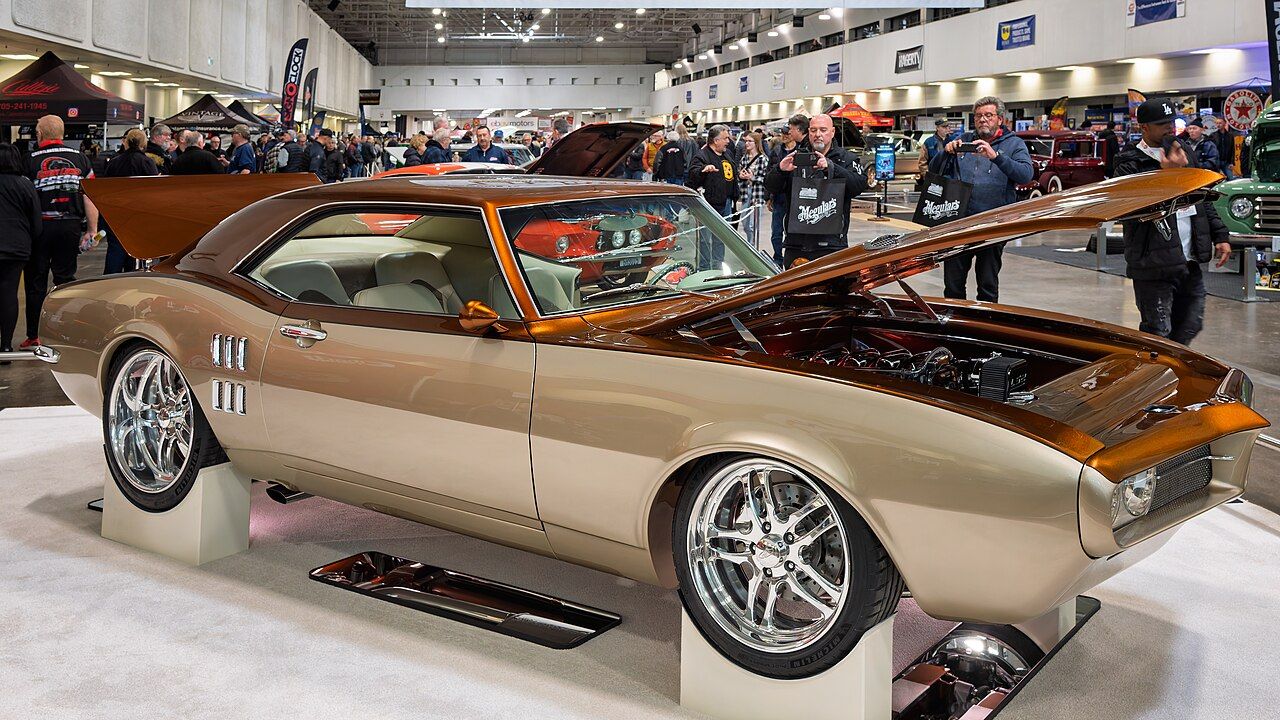
Pontiac entered the pony car battle with the Firebird, a sibling to the Chevrolet Camaro but with unique styling and engine choices. Buyers could opt for inline-sixes, small-block V8s, or the 400-cubic-inch V8 that made the Firebird a true muscle contender. High-performance Ram Air versions delivered up to 345 horsepower, giving Pontiac a strong entry against Ford’s Mustang and Mercury’s Cougar. Though overshadowed by the Camaro in sales, the Firebird earned respect on the street and track and laid the groundwork for the Trans Am of the 1970s.
Pontiac Tempest/LeMans (Performance Trims)
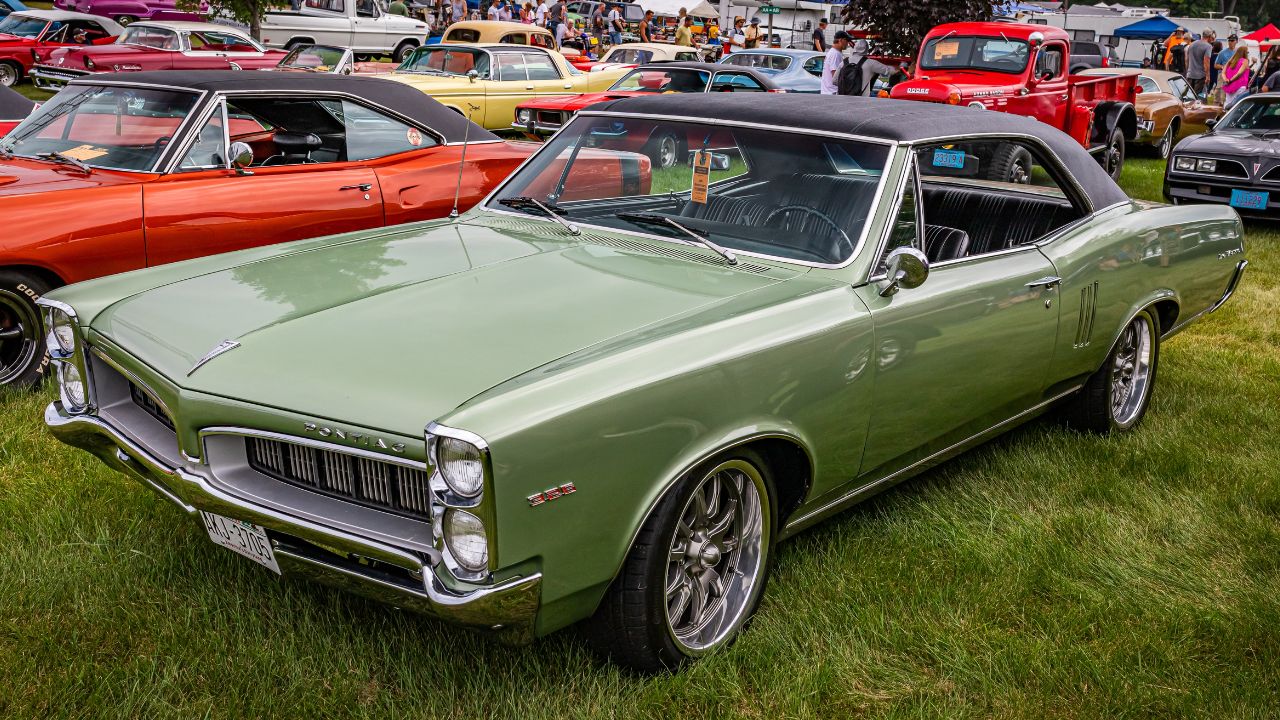
Before the GTO split into its own line, Pontiac’s Tempest and LeMans models were available with the same powerful V8 options. Performance trims included big-block engines and aggressive styling touches that foreshadowed what the GTO would become. These cars bridged the gap between Pontiac’s everyday offerings and the performance market, proving there was demand for high-horsepower midsize cars. Collectors today often overlook them, but they were critical in Pontiac’s performance strategy during the mid-1960s.
Chevrolet Chevelle SS 396 (1965–1969)
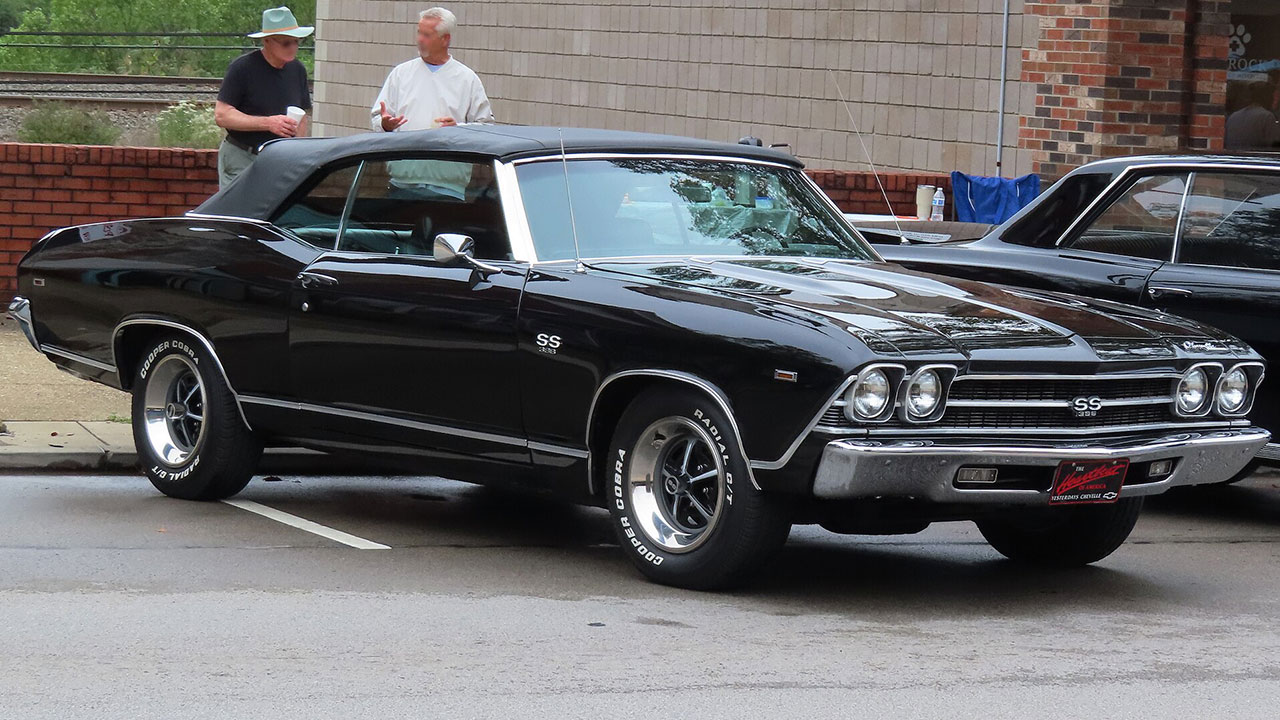
Chevrolet’s answer to the GTO was the Chevelle SS 396, introduced in 1965. Under its hood sat the Mark IV big-block V8, offered in outputs from 325 to 375 horsepower. With aggressive styling, wide availability, and strong quarter-mile times, the Chevelle SS became one of the most popular muscle cars of the decade. It gave buyers a perfect mix of affordability and performance while becoming a fierce competitor in street and strip racing. By 1969, the Chevelle SS had cemented itself as a true muscle car heavyweight.
Chevrolet Camaro SS and Z/28 (1967–1969)
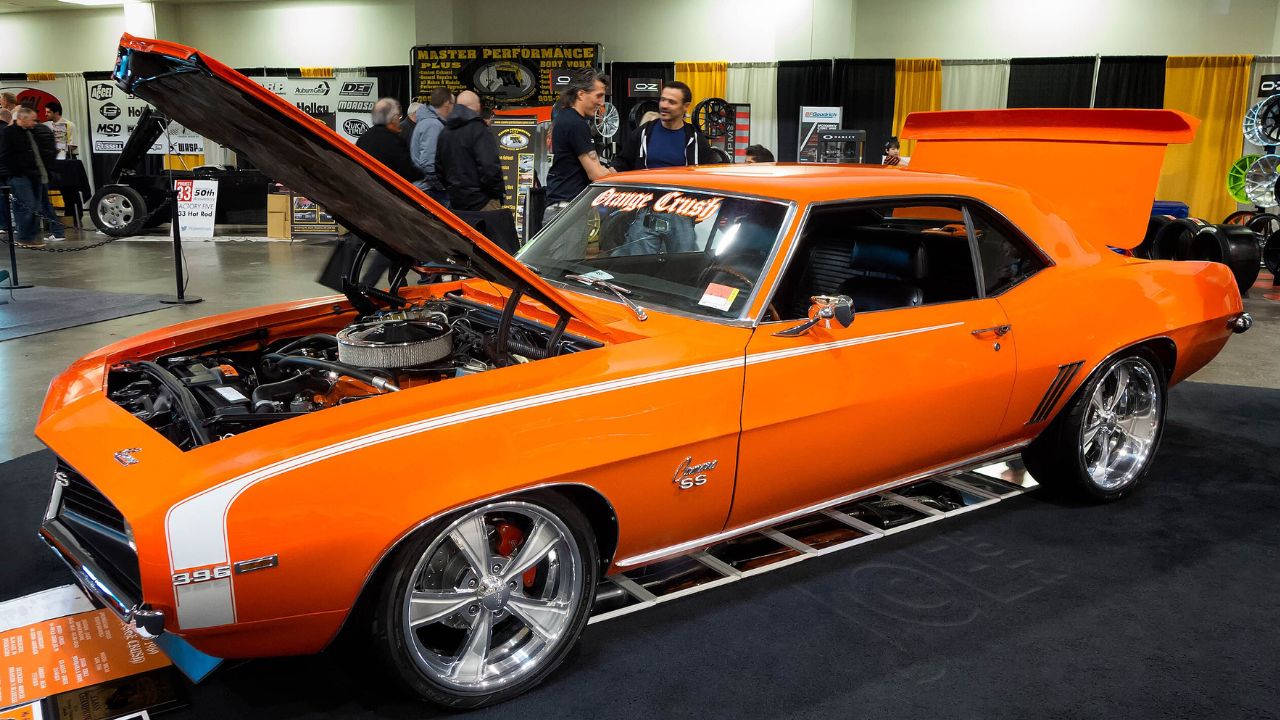
The Camaro launched in 1967 as Chevrolet’s rival to the Mustang, offering everything from economical six-cylinders to brutal V8s. The SS packed the 396 V8, while the Z/28 carried a high-revving 302 designed for SCCA Trans-Am racing. With up to 375 horsepower available, the Camaro quickly became a favorite for drag racers and road course enthusiasts alike. Its wide range of trims and performance options helped it capture a broad market, while racing pedigree gave it credibility beyond the showroom.
Chevrolet Nova SS (1966–1969)
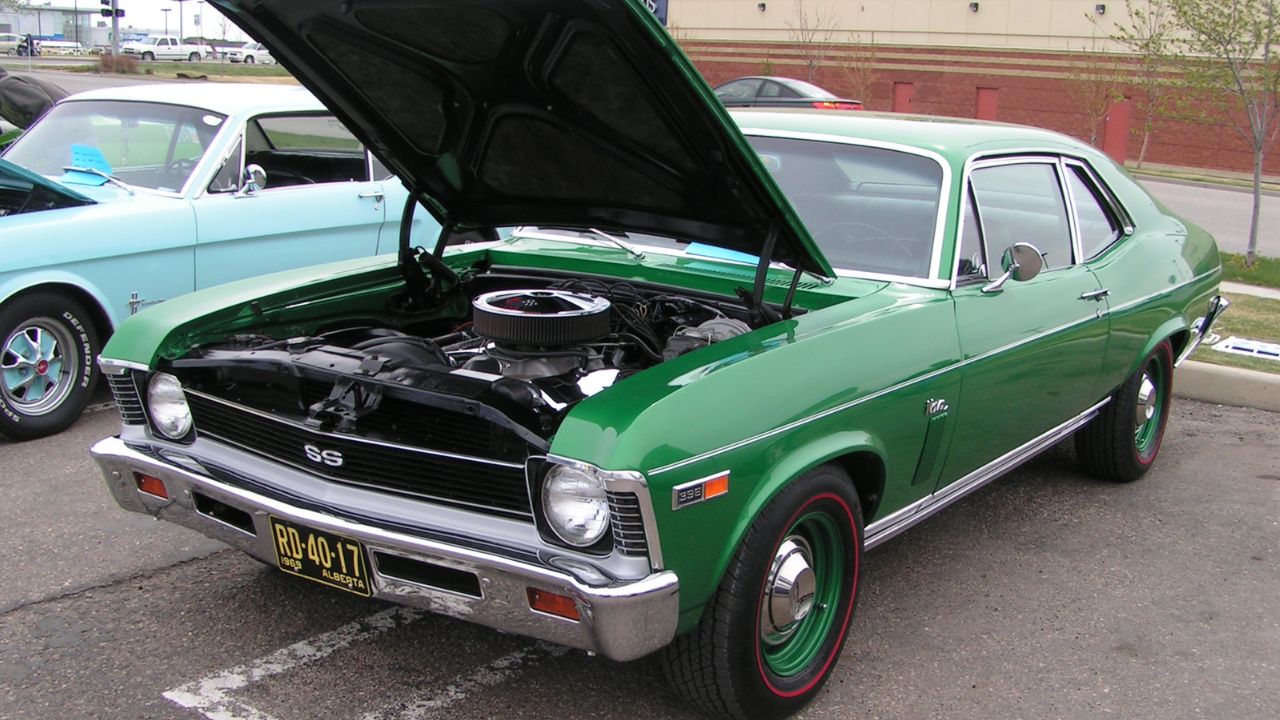
The Nova was Chevrolet’s compact car, but in SS trim, it carried serious muscle credentials. By the late ’60s, buyers could spec it with a 327 or 396 V8, turning the lightweight Nova into a formidable drag car. Affordable and often underestimated, the Nova SS delivered impressive performance in a small package. It appealed to younger buyers who wanted big-block performance without the insurance premiums and weight of a Chevelle or Camaro. Its sleeper appeal makes it a collector favorite today.
Chevrolet Impala SS (1960s Performance Trims)
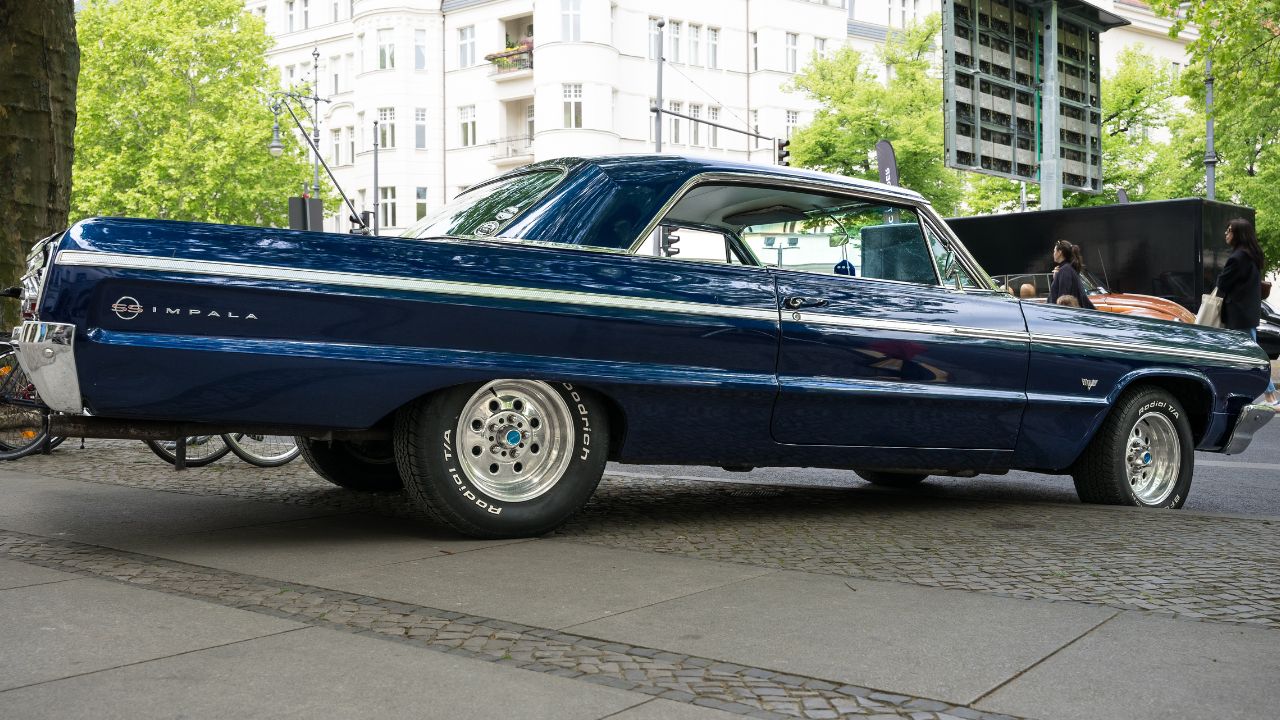
Although full-size, the Impala SS deserves mention as Chevrolet’s early performance flagship. Offered with engines up to the legendary 427-cubic-inch V8, the Impala SS could be ordered as a two-door hardtop or convertible with luxury touches. While larger and heavier than traditional muscle cars, its straight-line speed was undeniable. In the early ’60s, it helped set the stage for the midsize muscle boom, blending full-size comfort with serious horsepower.
Oldsmobile 442 (1964–1969)
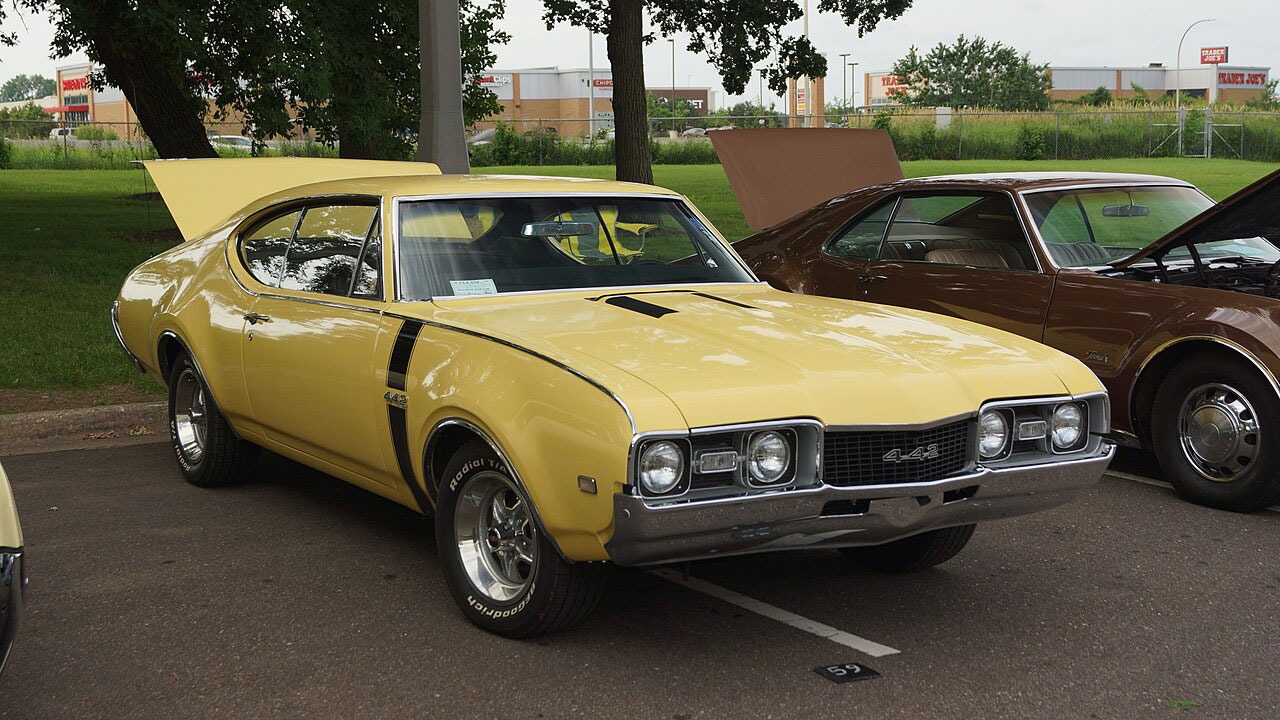
Oldsmobile entered the muscle car fray with the 442, originally named for its 4-barrel carburetor, 4-speed manual, and dual exhaust. By 1968, the 442 offered a 400-cubic-inch V8 producing up to 350 horsepower. Positioned as a slightly more refined alternative to the GTO, the 442 balanced performance with upscale features. It proved Oldsmobile could compete with the best, and by the end of the decade, it stood as one of the most respected nameplates in the muscle car market.
Oldsmobile Cutlass (Performance Trims)
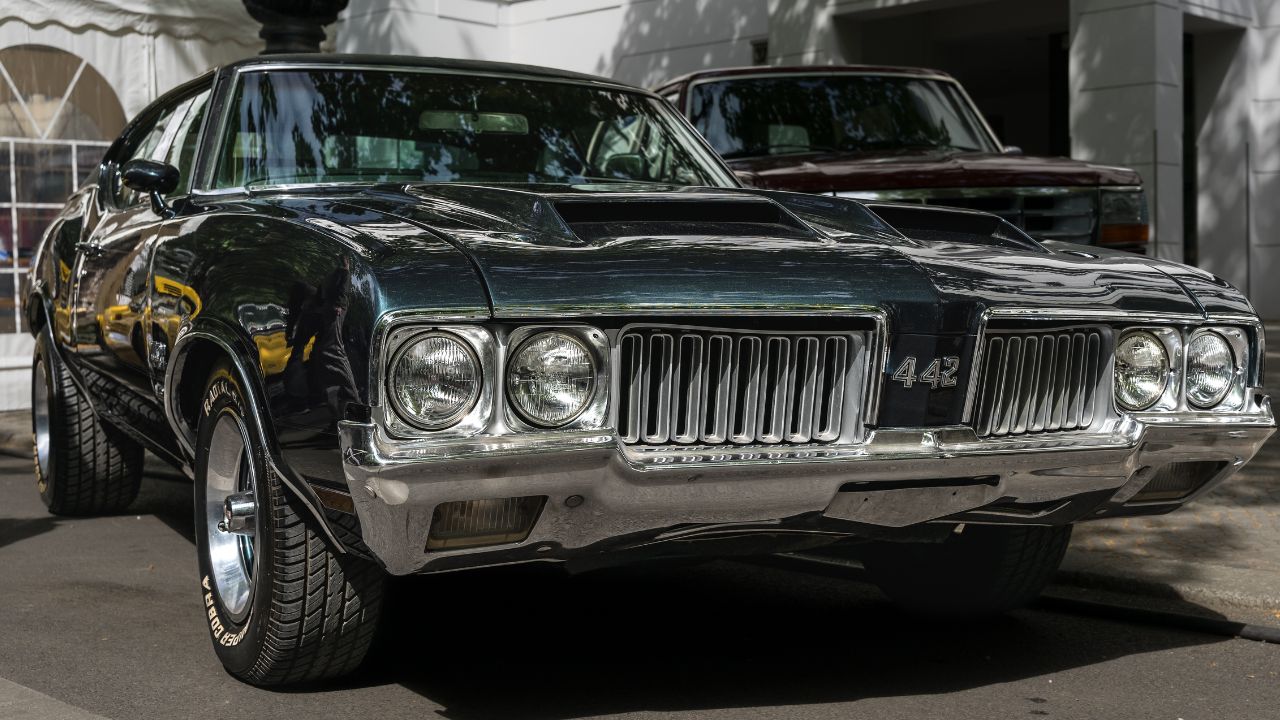
The Cutlass was Oldsmobile’s midsize platform that spawned the 442, but even outside that model, high-performance trims with big-block engines made waves. These cars offered a mix of luxury and speed, with plenty of overlap between standard Cutlass models and their 442 siblings. While overshadowed by the GTO and Chevelle, they played an important role in keeping Oldsmobile relevant in the 1960s performance race.
Buick Skylark Gran Sport (1965–1969)
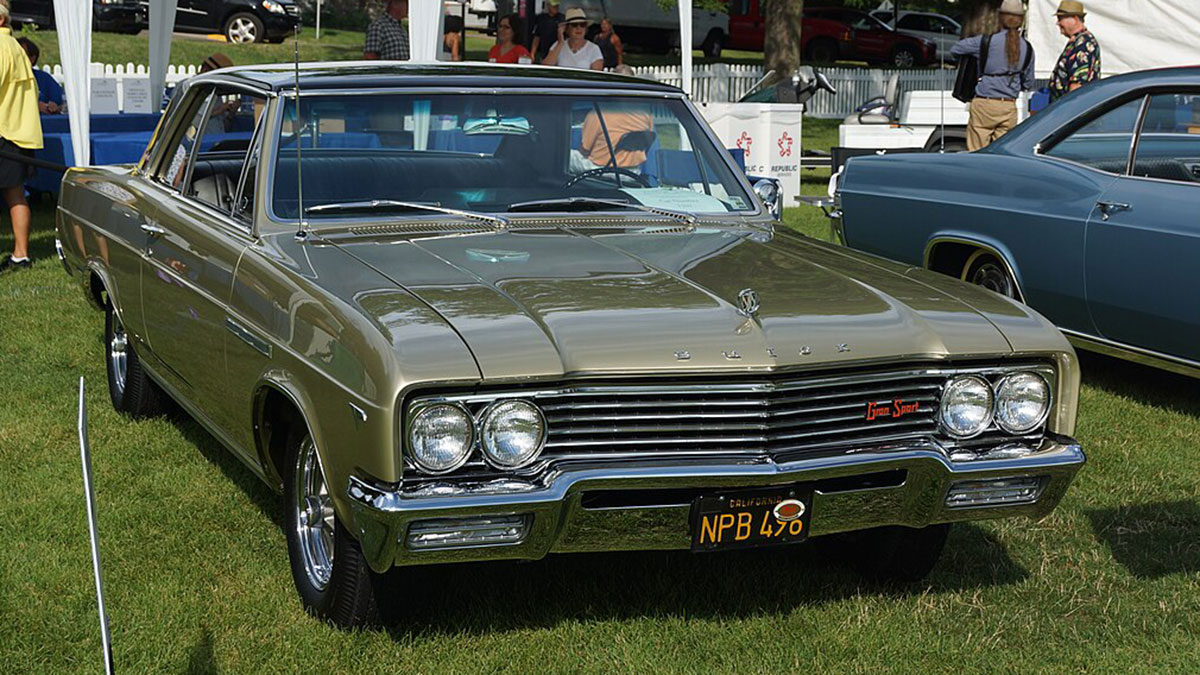
Buick’s Skylark Gran Sport, or GS, launched in 1965 with the company’s 401-cubic-inch “Nailhead” V8 rated at 325 horsepower. Later models offered the larger 400 and 430 engines, giving Buick a true competitor in the muscle car market. The GS combined muscle car performance with Buick’s trademark upscale interiors, targeting buyers who wanted power without sacrificing comfort. Though it never matched the sales of the Chevelle or GTO, it gave Buick an identity beyond sedans and full-size luxury.
Buick Wildcat (Performance Trims)
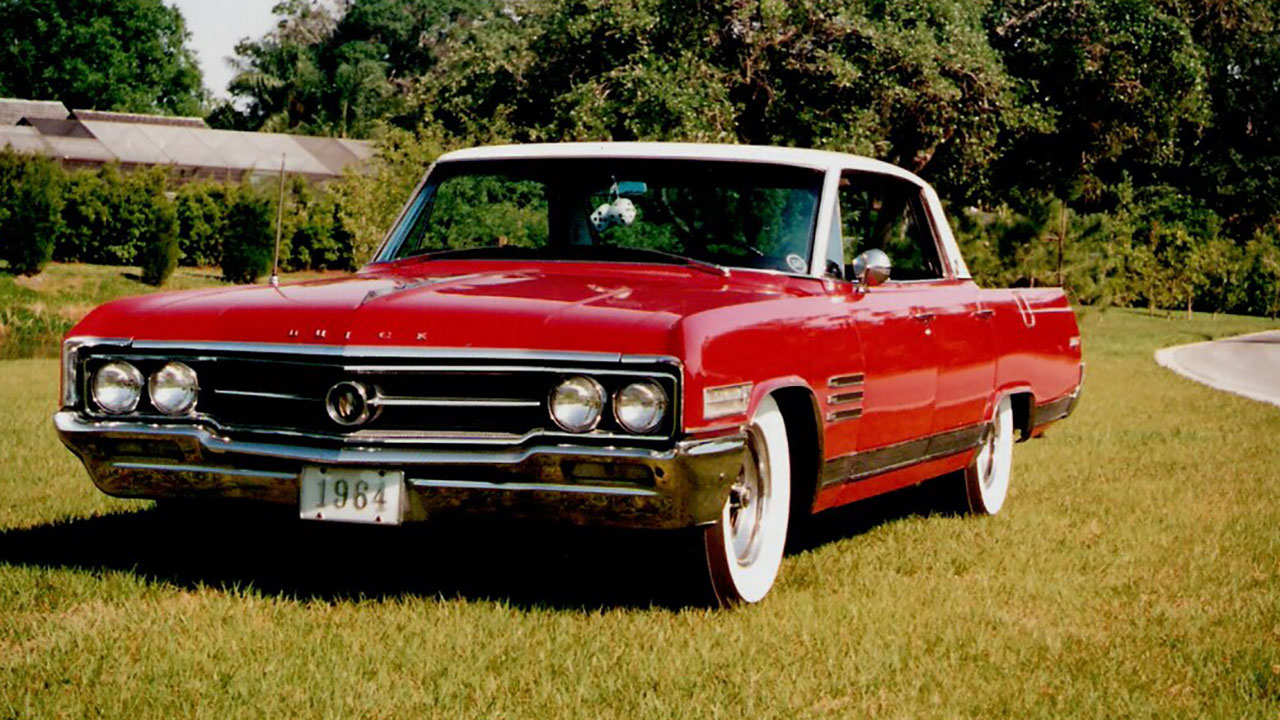
While the Wildcat was more of a full-size performance coupe, its big-block engines and aggressive image placed it in the broader muscle car discussion. With engines up to 425 cubic inches, the Wildcat delivered strong straight-line performance. It appealed to buyers who wanted size, comfort, and muscle in one package, showing that even Buick wasn’t immune to the horsepower wars of the 1960s.
Dodge Charger R/T (1966–1969)
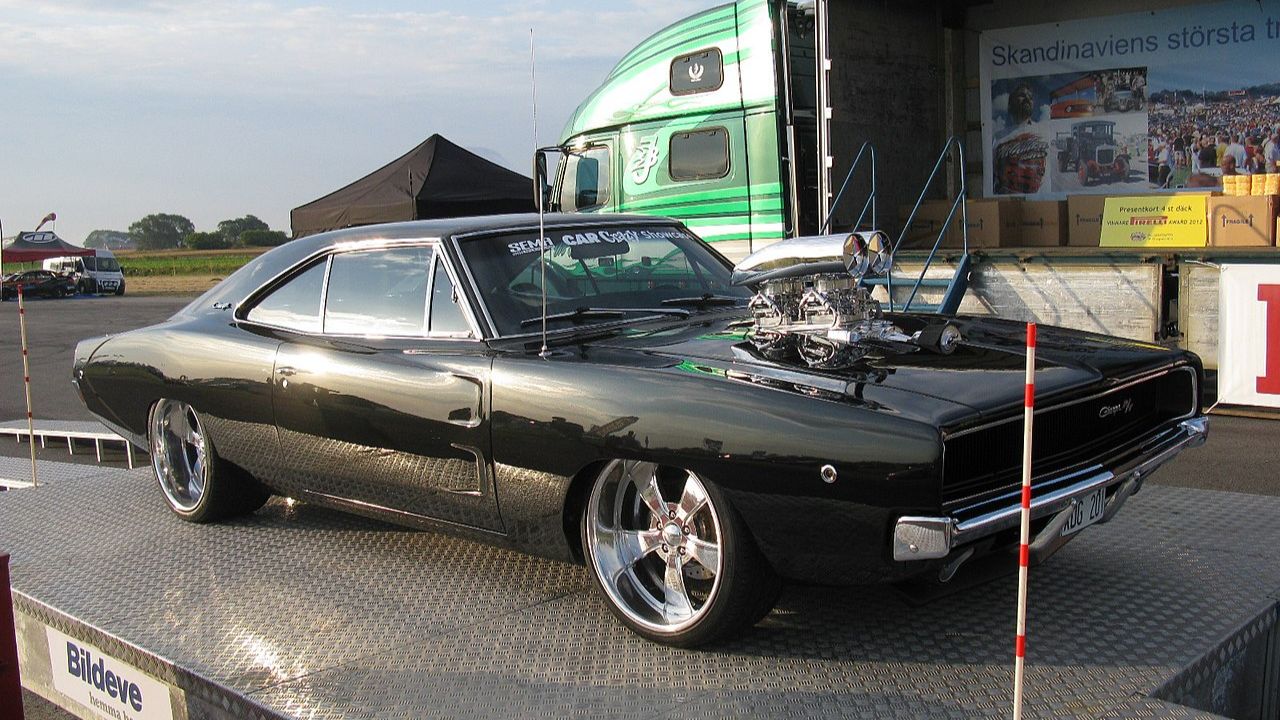
Introduced in 1966, the Dodge Charger became a performance icon by the late ’60s. The Charger R/T offered big-block power, including the 440 Magnum and legendary 426 HEMI. With bold fastback styling and up to 425 horsepower, the Charger was equally at home on the drag strip or the street. The second-generation Charger, launched in 1968, cemented its place as one of the most recognizable muscle cars of all time thanks to styling, performance, and racing pedigree.
Dodge Coronet R/T (1967–1969)

The Coronet R/T gave Dodge’s midsize sedan real muscle credentials, featuring engines like the 440 Magnum and 426 HEMI. With styling less flamboyant than the Charger, the Coronet R/T was often a sleeper in appearance but delivered serious performance. It appealed to buyers who wanted big power in a practical package, and it helped Dodge compete directly with GM and Ford’s midsize muscle offerings.
Dodge Super Bee (1968–1969)
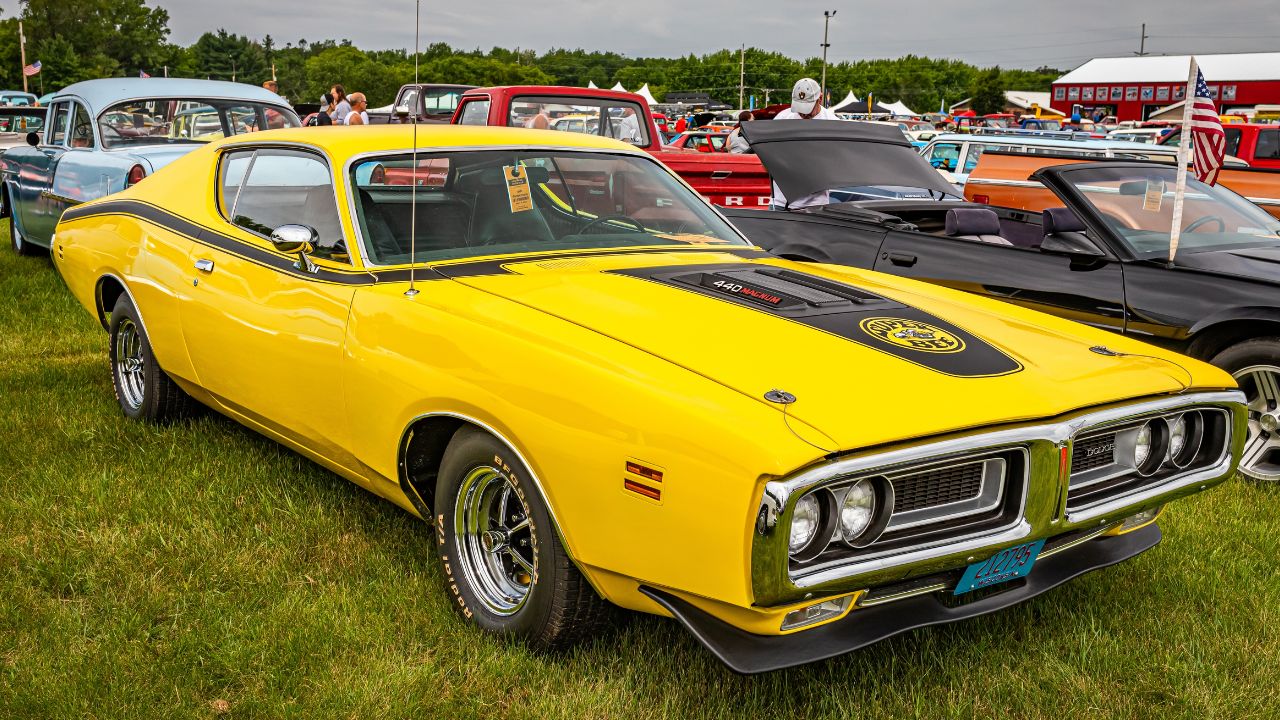
The Super Bee was Dodge’s budget muscle car, introduced in 1968 as a response to the Plymouth Road Runner. Built on the Coronet platform, it offered the 383 Magnum as standard and optional 440 Six-Pack or 426 HEMI engines. With affordable pricing and plenty of performance, the Super Bee gave Dodge a competitive edge in the youth market. Its cartoon bee badging and aggressive styling made it memorable, even though it lasted only a few short years.
Dodge Dart GTS (1967–1969)
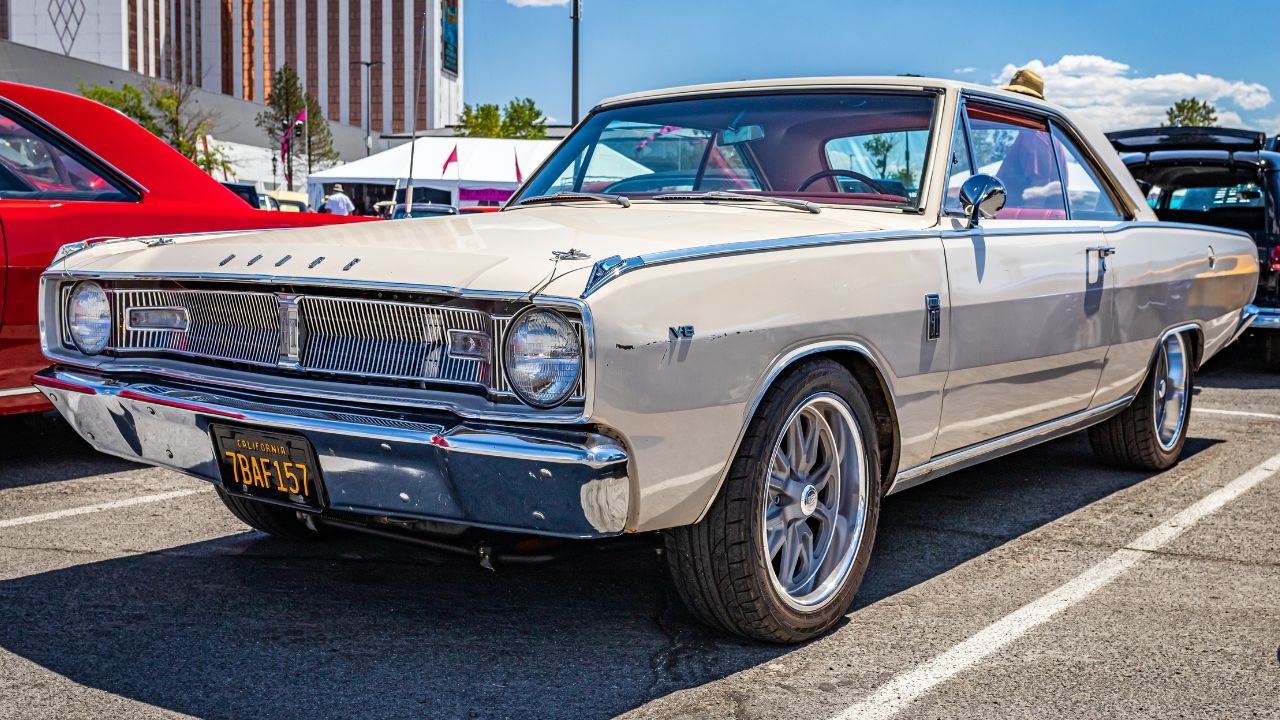
The Dart GTS was Dodge’s compact muscle entry, offering big engines in a lightweight body. Buyers could order the 340 small-block, the 383, or even the 440 in dealer-installed configurations. Quick off the line and relatively affordable, the Dart GTS earned a reputation as a street and strip contender. Its sleeper looks contrasted with its potent performance, giving Dodge a well-rounded muscle lineup.
Plymouth GTX (1967–1969)
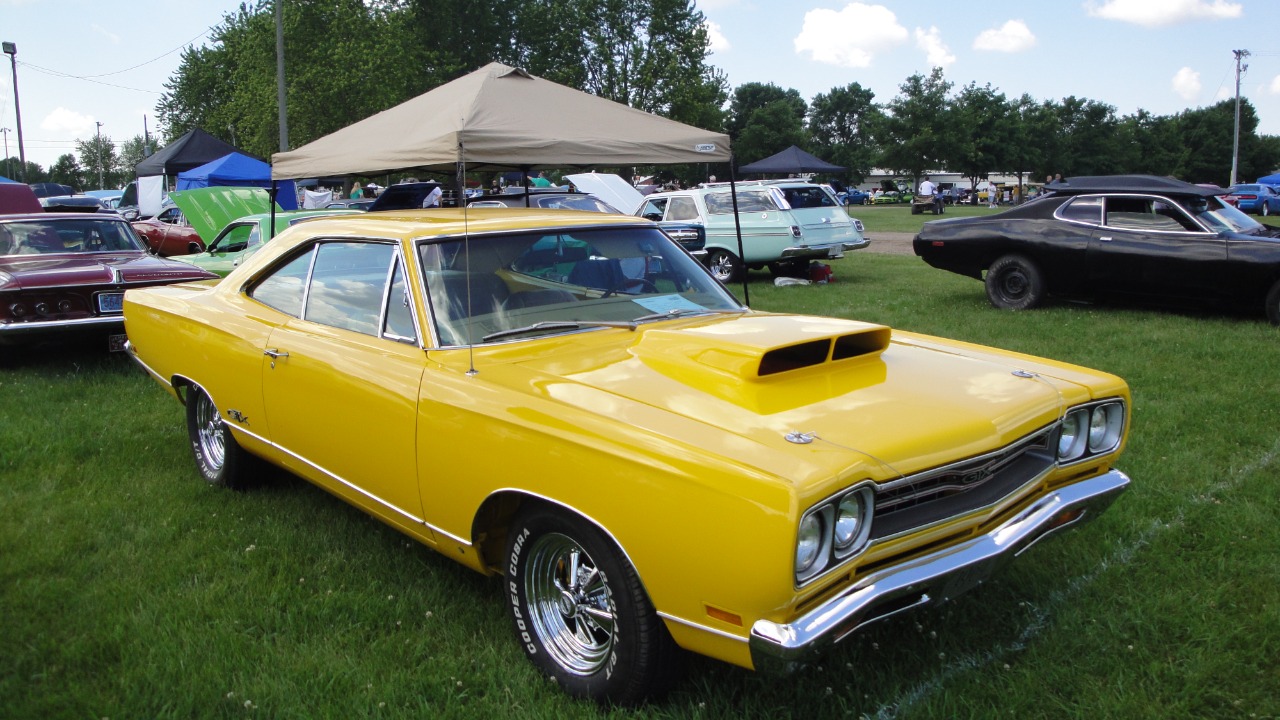
Marketed as the “gentleman’s hot rod,” the Plymouth GTX was positioned as a more upscale muscle car. Standard power came from the 440 Super Commando, while the 426 HEMI was optional. With premium trim and strong performance, the GTX gave Plymouth a muscle car for buyers who wanted comfort as well as speed. Though overshadowed by the Road Runner’s affordability, the GTX remains highly respected among collectors today.
Plymouth Road Runner (1968–1969)
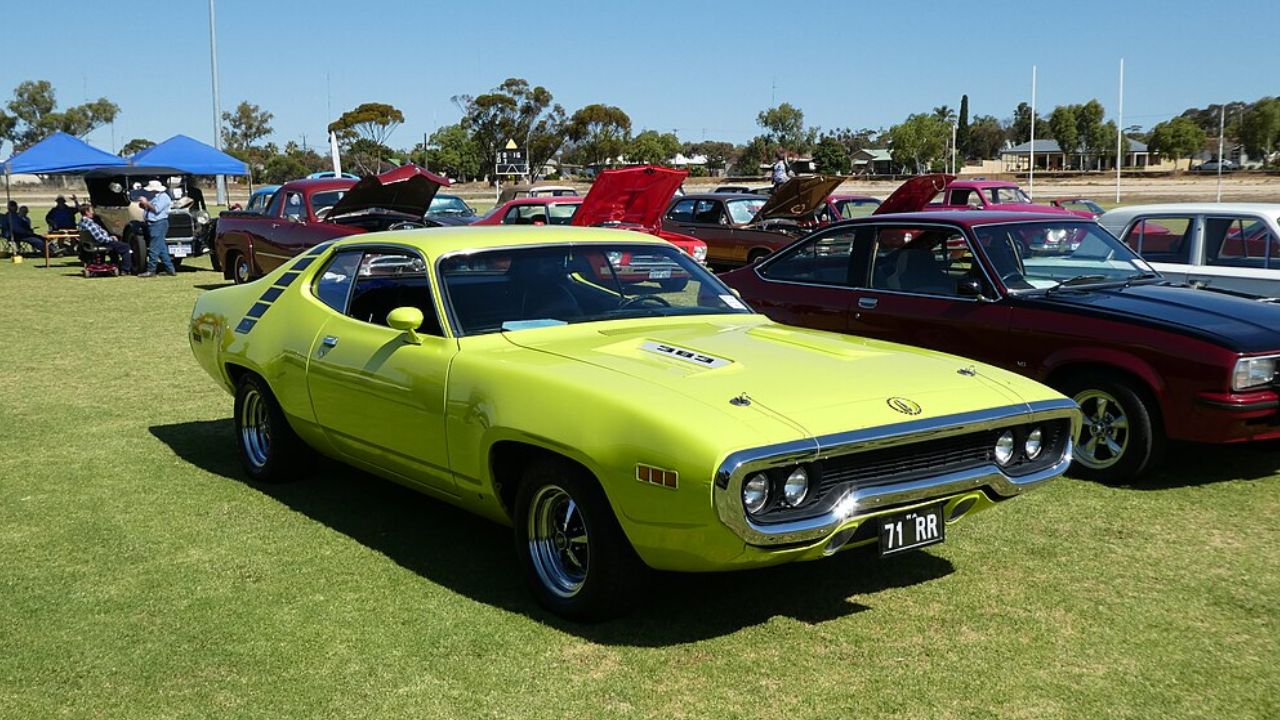
The Road Runner was designed as a no-frills performance car, debuting in 1968 with a focus on affordability and raw power. Standard engines included the 383 Magnum, while the 426 HEMI was optional. With its cartoon mascot and stripped-down interiors, the Road Runner embodied the purest definition of muscle car—cheap, fast, and fun. It became one of Plymouth’s best sellers and a major hit with younger buyers.
Plymouth Barracuda (1964–1969)
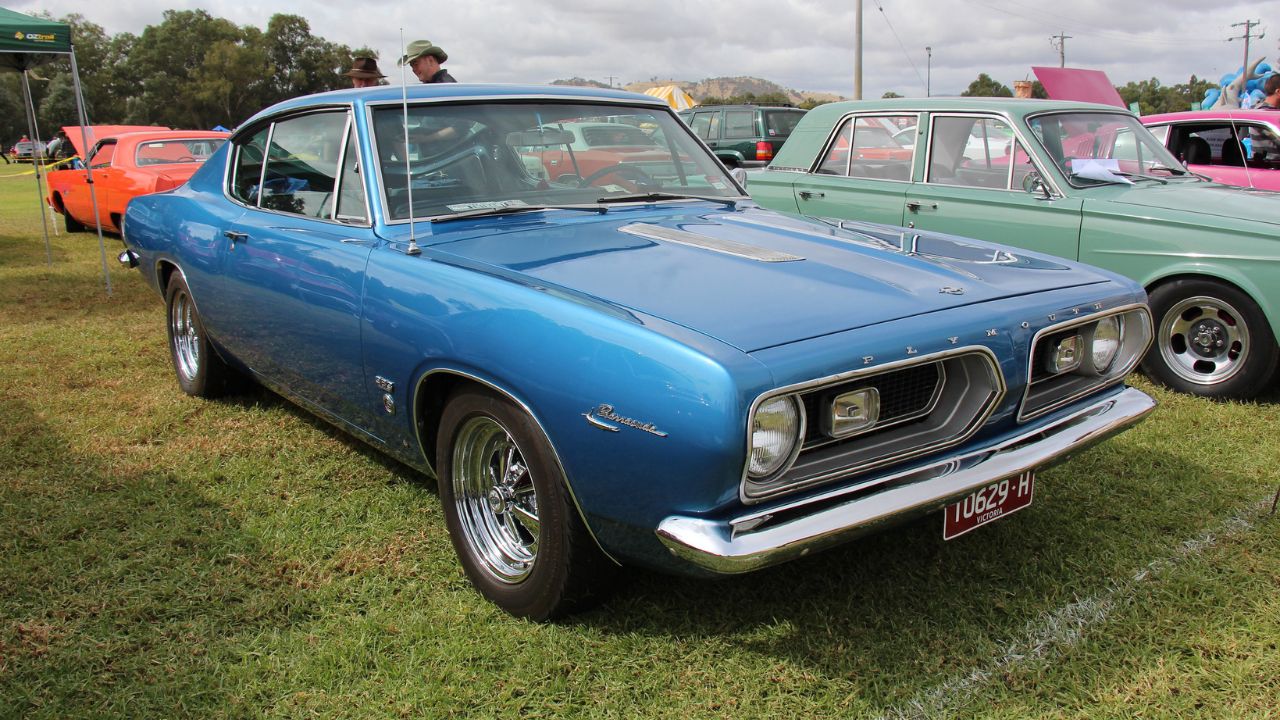
Originally a compact fastback based on the Valiant, the Barracuda evolved into a muscle contender by the late ’60s. Performance models like the Formula S featured the 383 and, later, big-block options up to the 440 and HEMI. By 1969, the Barracuda offered serious drag-strip performance, setting the stage for the more aggressive ’70–’71 models. Though often overshadowed by the Mustang and Camaro, it played an important role in the muscle era.
Plymouth Sport Fury (1960s Performance Trims)
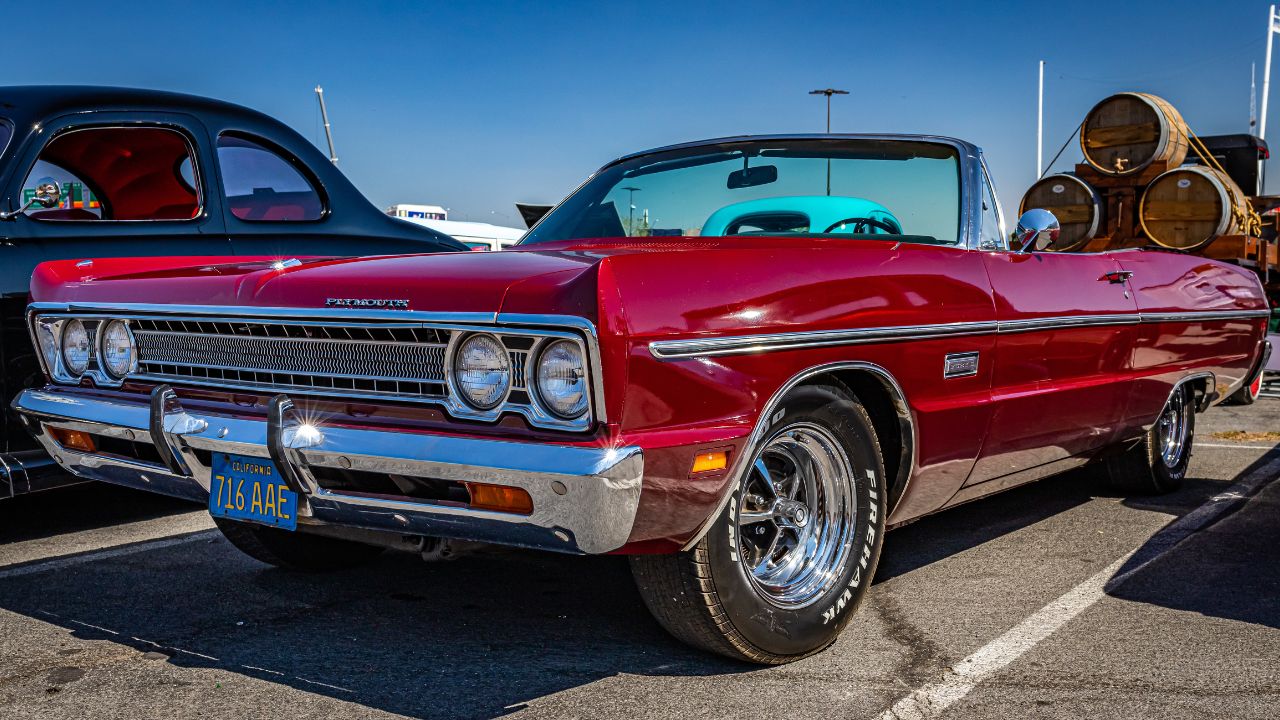
The Plymouth Sport Fury emerged in the 1960s as a stylish full-size performance offering, blending muscle car power with upscale trim. Available with big-block V8 options, including the 426 Max Wedge and later the 440, it gave Plymouth buyers a mix of comfort and speed. Though often overshadowed by smaller B- and E-body Mopars, the Sport Fury remains a distinctive piece of Plymouth’s muscle car legacy.
Chrysler 300 “Letter Series”

Chrysler’s 300 “letter cars” were luxury-performance machines that blurred the line between personal luxury and muscle car. With 413- and 426-cubic-inch V8s, they delivered serious speed for the era, though in a heavier, more upscale format. While not pure muscle cars, they deserve recognition as part of Chrysler’s high-performance lineage in the ’60s.
Ford Mustang GT / Mach 1 (1965–1969)
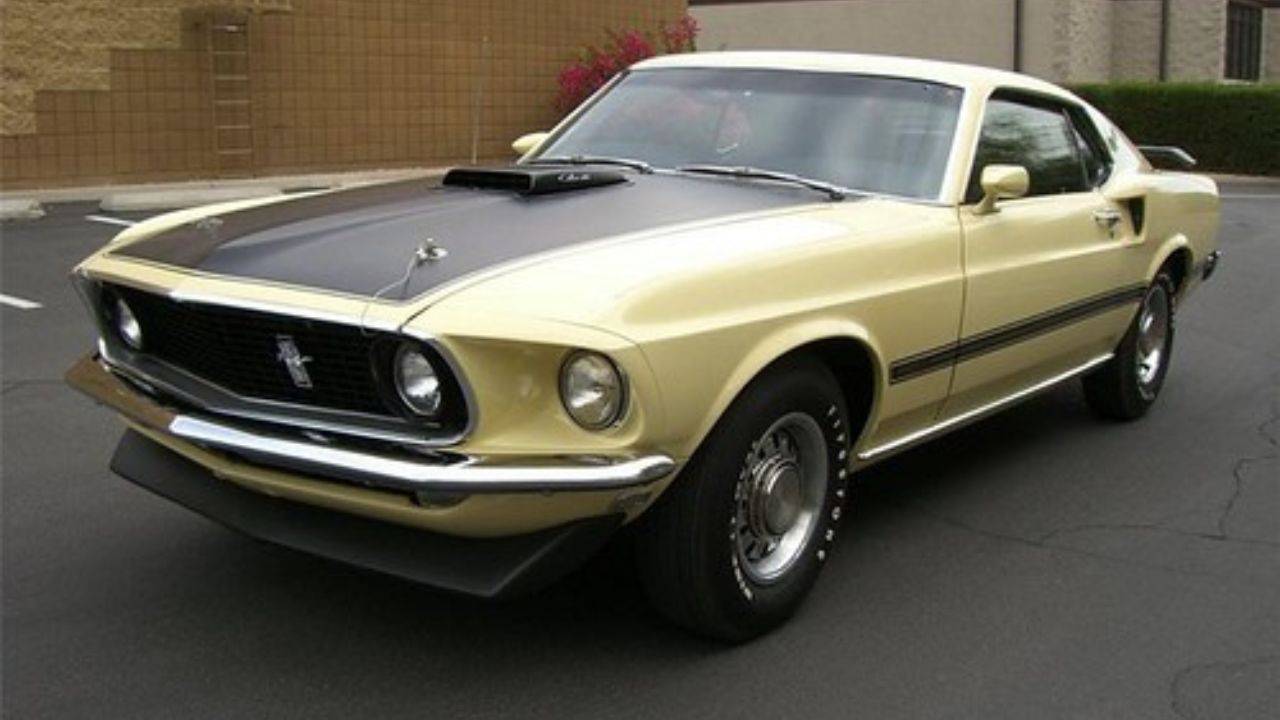
The Mustang GT introduced V8 performance to Ford’s pony car lineup, but the Mach 1, launched in 1969, brought even more muscle. Available with 351, 390, 428 Cobra Jet, and Super Cobra Jet engines, the Mach 1 became a drag-strip contender. By offering performance in an affordable, stylish package, the Mustang cemented itself as one of the defining cars of the era.
Ford Fairlane GT / Torino GT and Cobra (1966–1969)
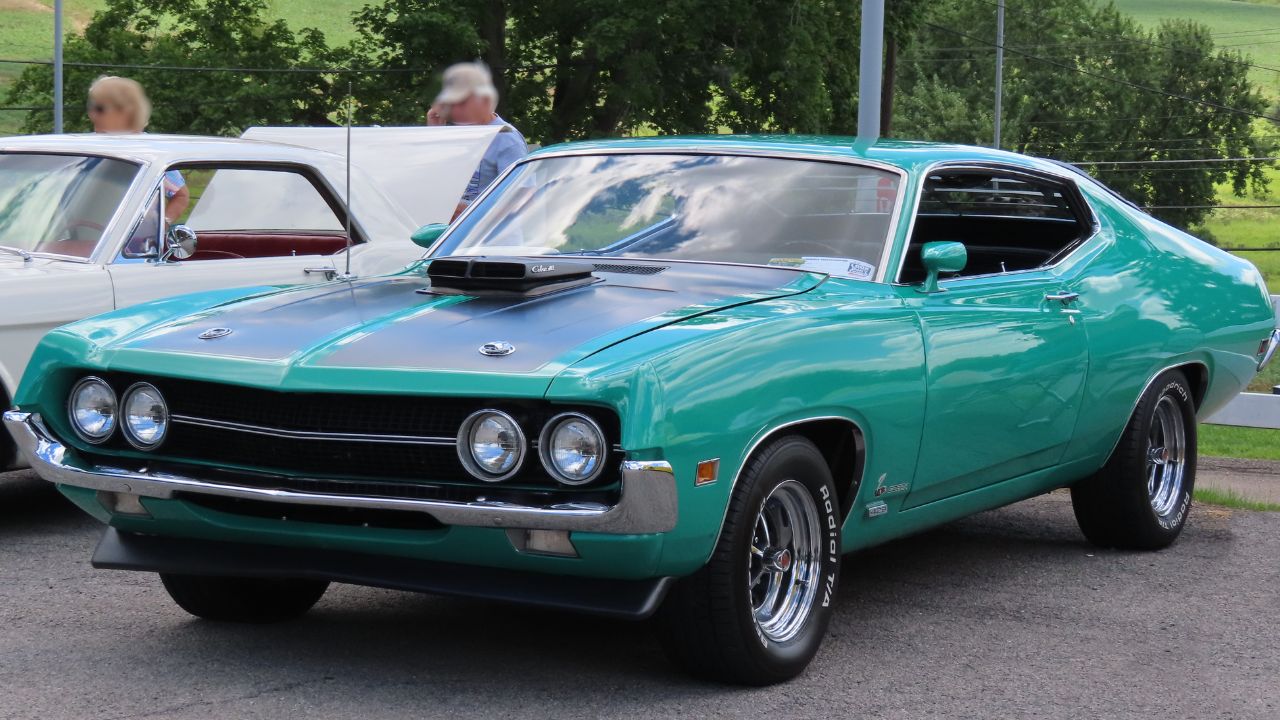
The Fairlane GT, and later Torino Cobra, were Ford’s midsize muscle entries. Offered with 390, 428, and 429 engines, they provided a true competitor to the GTO and Chevelle SS. By the late ’60s, the Torino Cobra was Ford’s flagship muscle car, especially in 428 Cobra Jet form.
Ford Galaxie (Performance Trims)
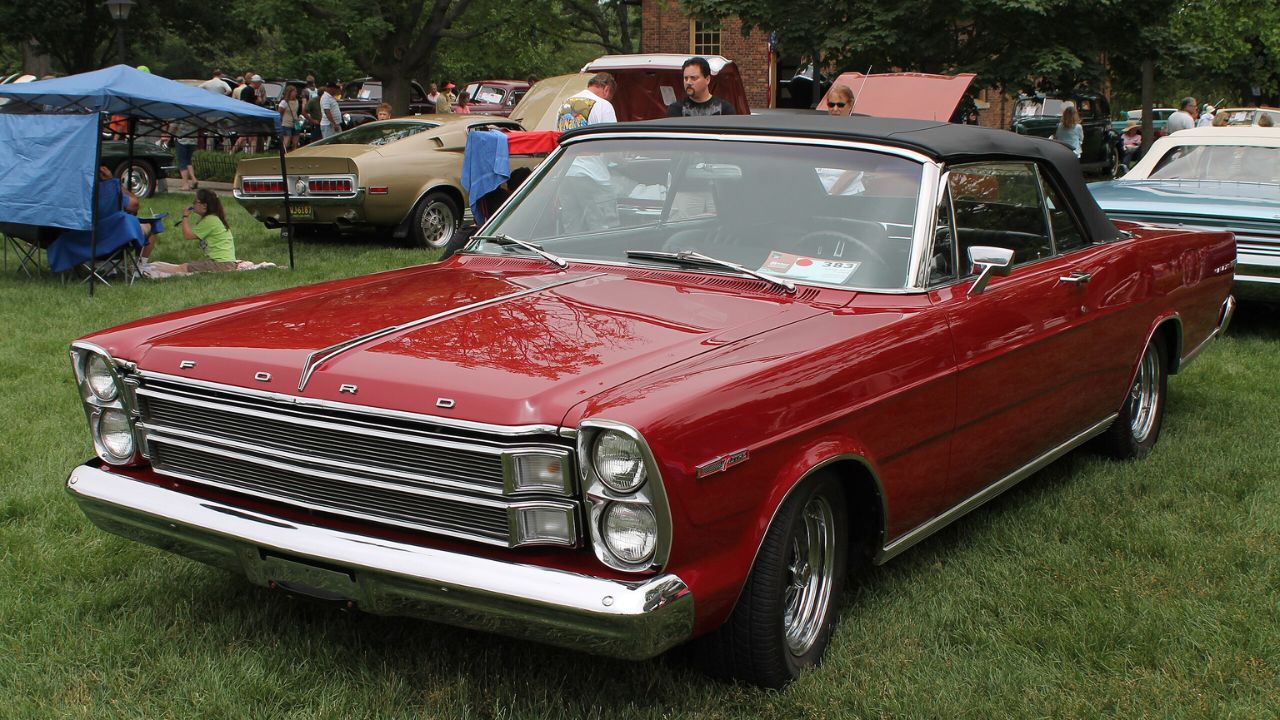
The full-size Galaxie offered high-performance versions with 406, 427, and 428 engines. While larger than typical muscle cars, their straight-line power made them popular in NASCAR and drag racing. The Galaxie’s success on the track helped build Ford’s performance reputation.
Ford Falcon Sprint / GT
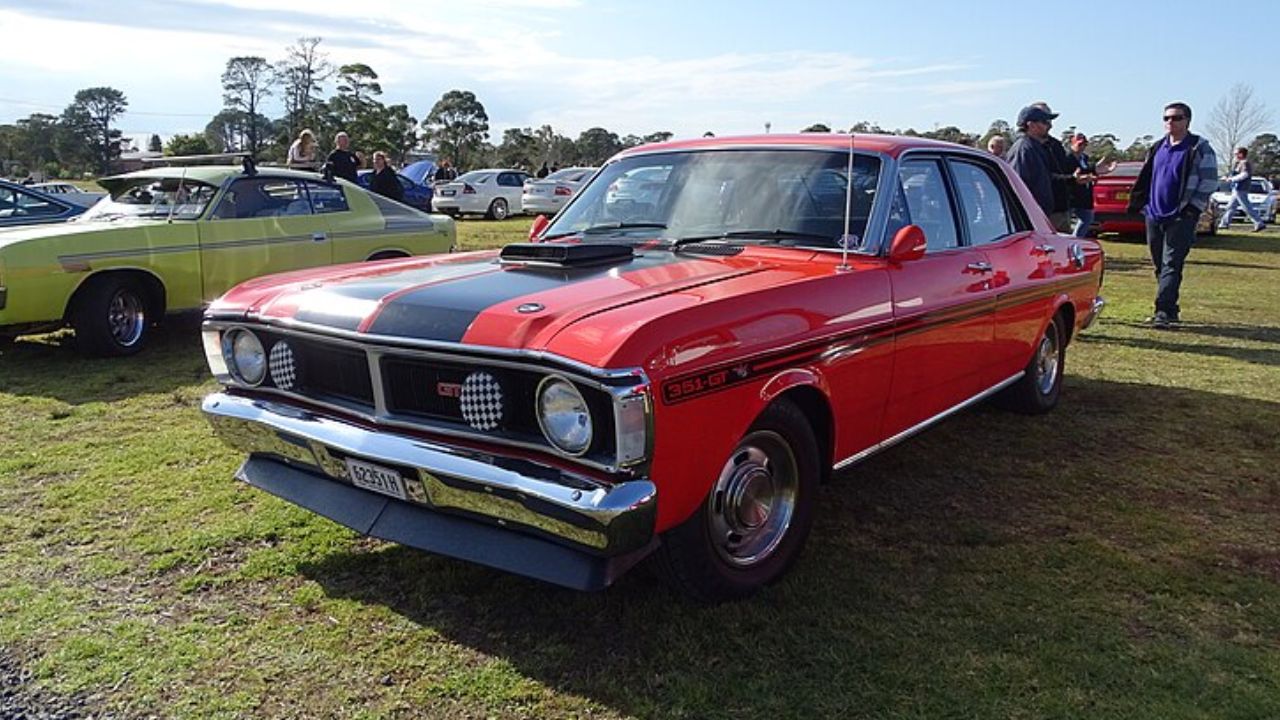
The Falcon Sprint and later Falcon GT trims provided smaller, lightweight alternatives in Ford’s lineup. With V8 engines, they delivered respectable performance for compact cars. While quickly overshadowed by the Mustang, the Falcon’s role as Ford’s early performance compact can’t be ignored.
Mercury Cougar GT / XR-7 / GT-E / Eliminator (1967–1969)
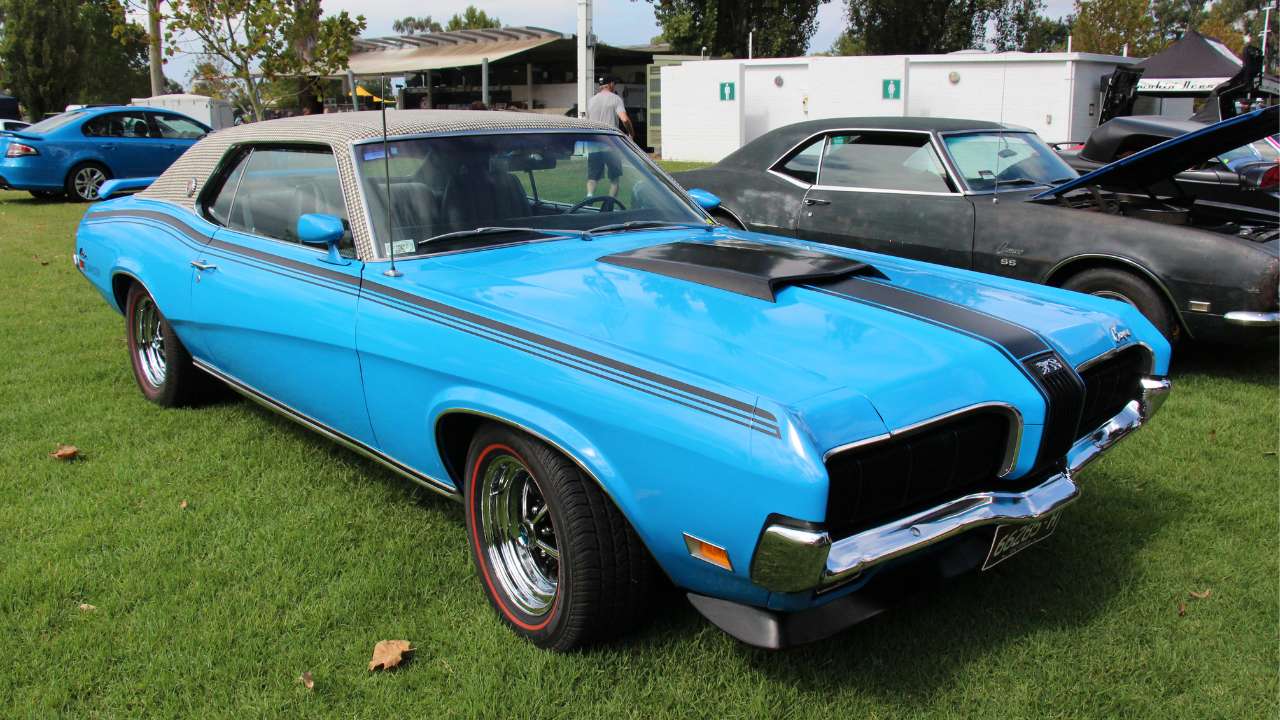
Mercury’s pony car sibling to the Mustang, the Cougar targeted a slightly more upscale market. Performance trims like the GT, GT-E (with 427 V8), and Eliminator (with 428 Cobra Jet) gave the Cougar real muscle credentials. With hidden headlights and unique styling, it stood apart from the Mustang while offering similar performance.
Mercury Cyclone GT / CJ (1966–1969)
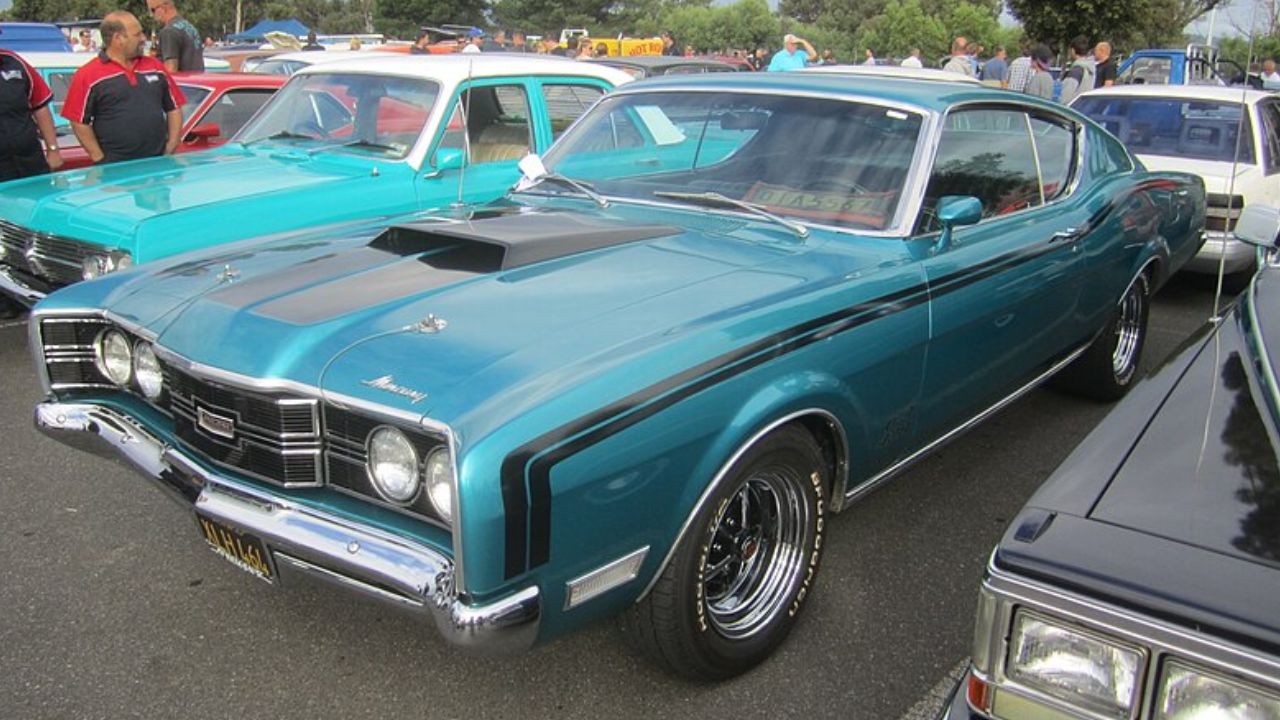
The Cyclone, Mercury’s version of the Fairlane/Torino, provided midsize muscle with available big-block power. The Cyclone CJ, introduced in 1969 with the 428 Cobra Jet, gave Mercury a genuine drag-strip performer.
AMC Rambler Rebel SST (1967–1969)
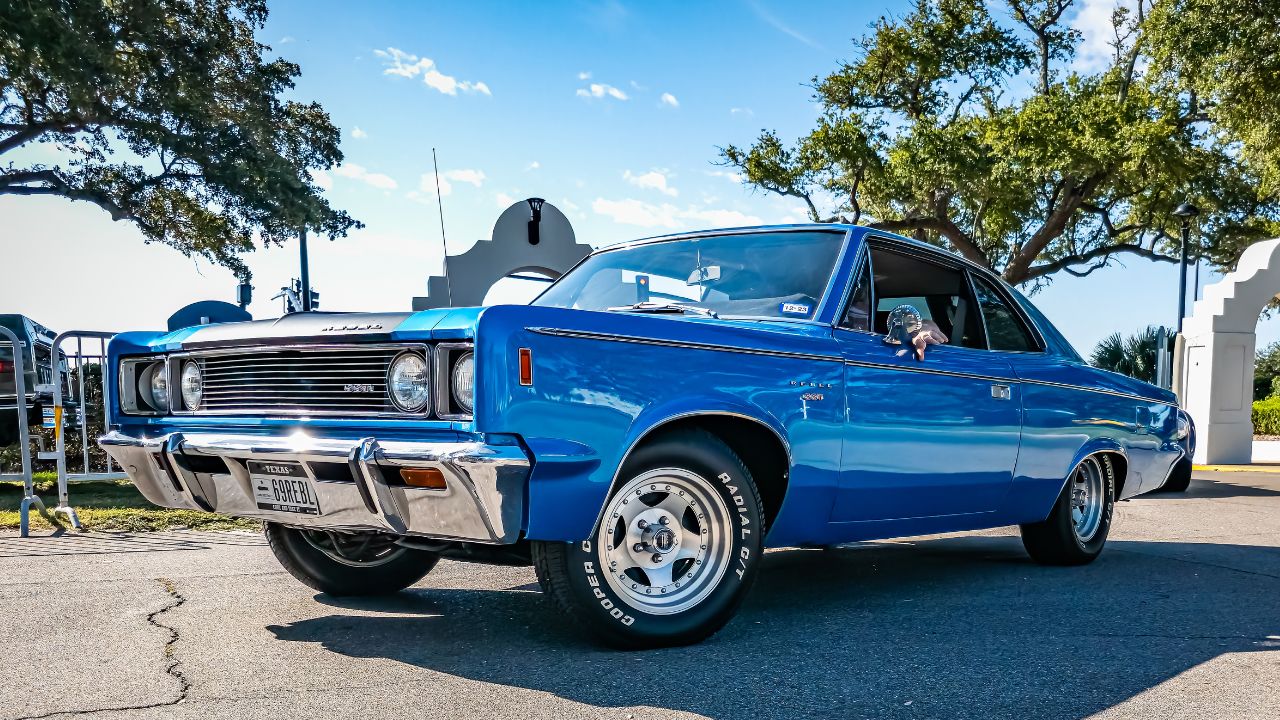
AMC’s Rambler Rebel SST was an early attempt to break into the muscle car segment. Offered with 343 and 390 V8s, it gave the brand a competitor against Detroit’s Big Three. While it lacked the same marketing power, the Rebel SST laid the groundwork for AMC’s later muscle entries.
AMC AMX (1968–1969)
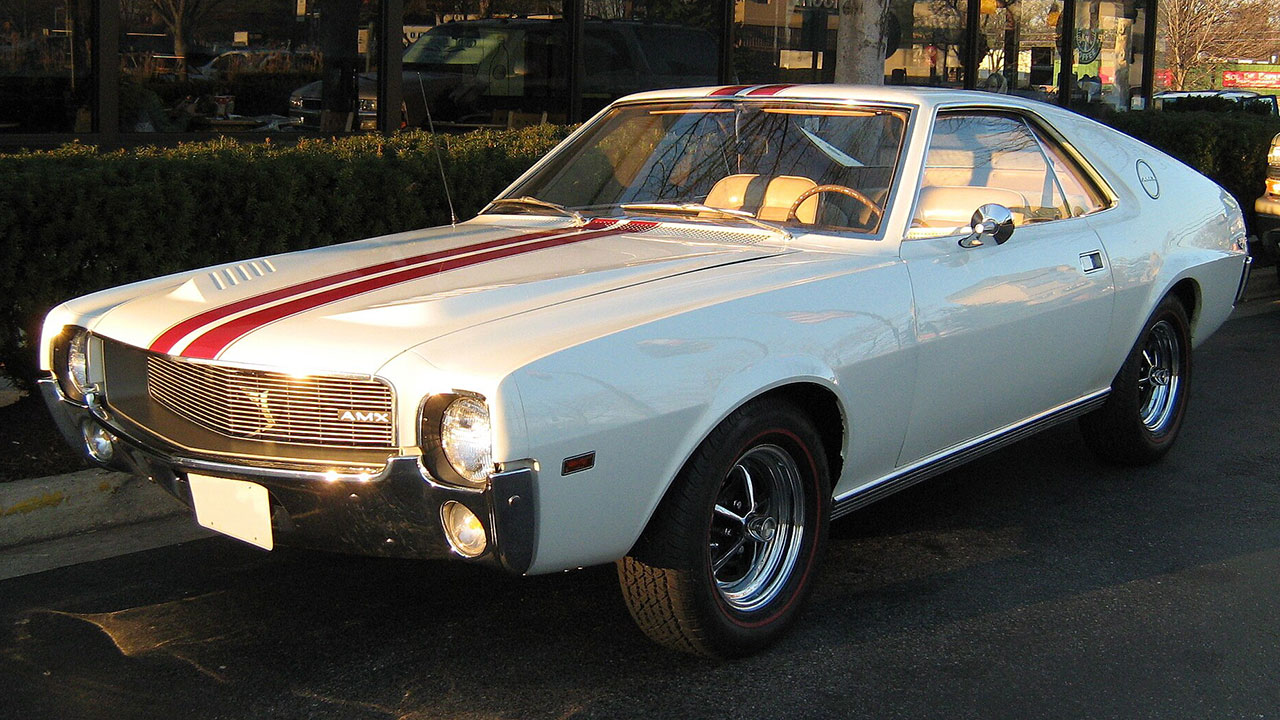
The AMX was AMC’s boldest muscle car, a two-seat performance coupe offered with engines up to the 390 V8. Lightweight and aggressive, the AMX competed with Corvettes as much as it did muscle cars. With quarter-mile times in the low 14s, it was a serious performer and remains one of AMC’s most collectible models.
AMC Javelin SST (1968–1969)
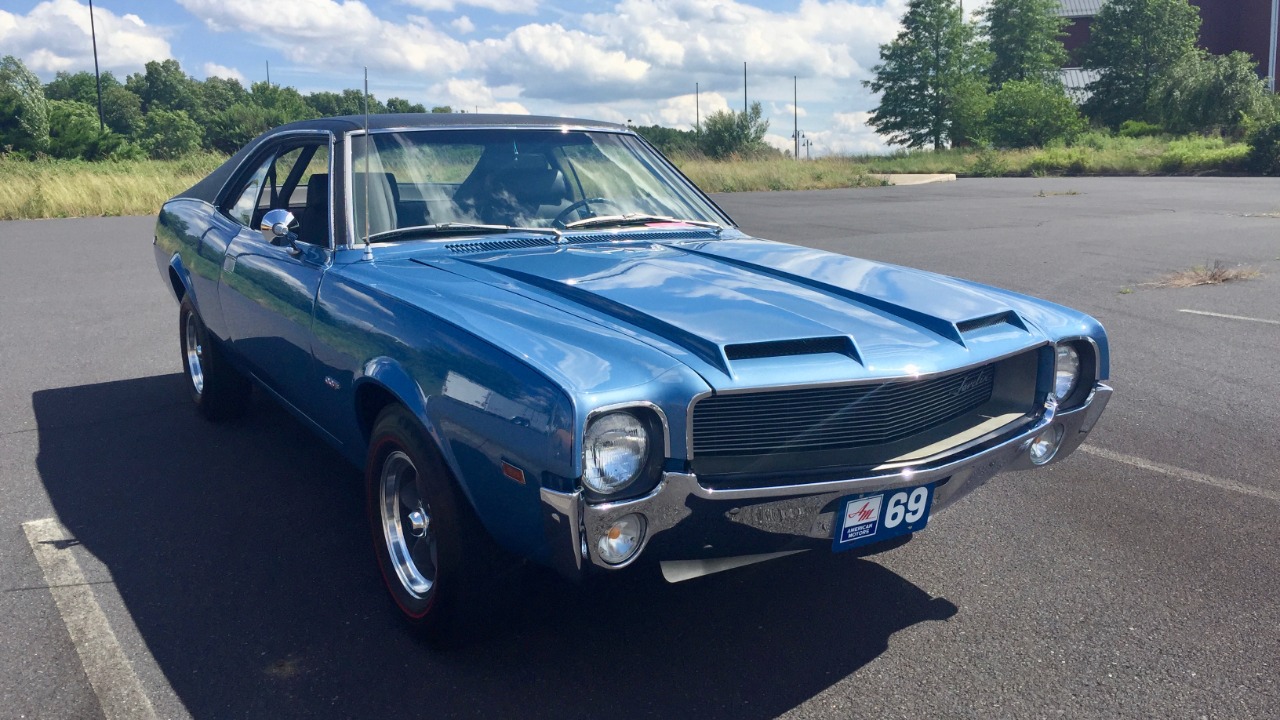
AMC’s pony car competitor, the Javelin SST, offered styling and performance to rival the Mustang and Camaro. Available with the 390 V8, it proved AMC could play in the same arena as Detroit’s giants. Affordable and stylish, it gave AMC buyers a real alternative.
AMC SC/Rambler (1969)
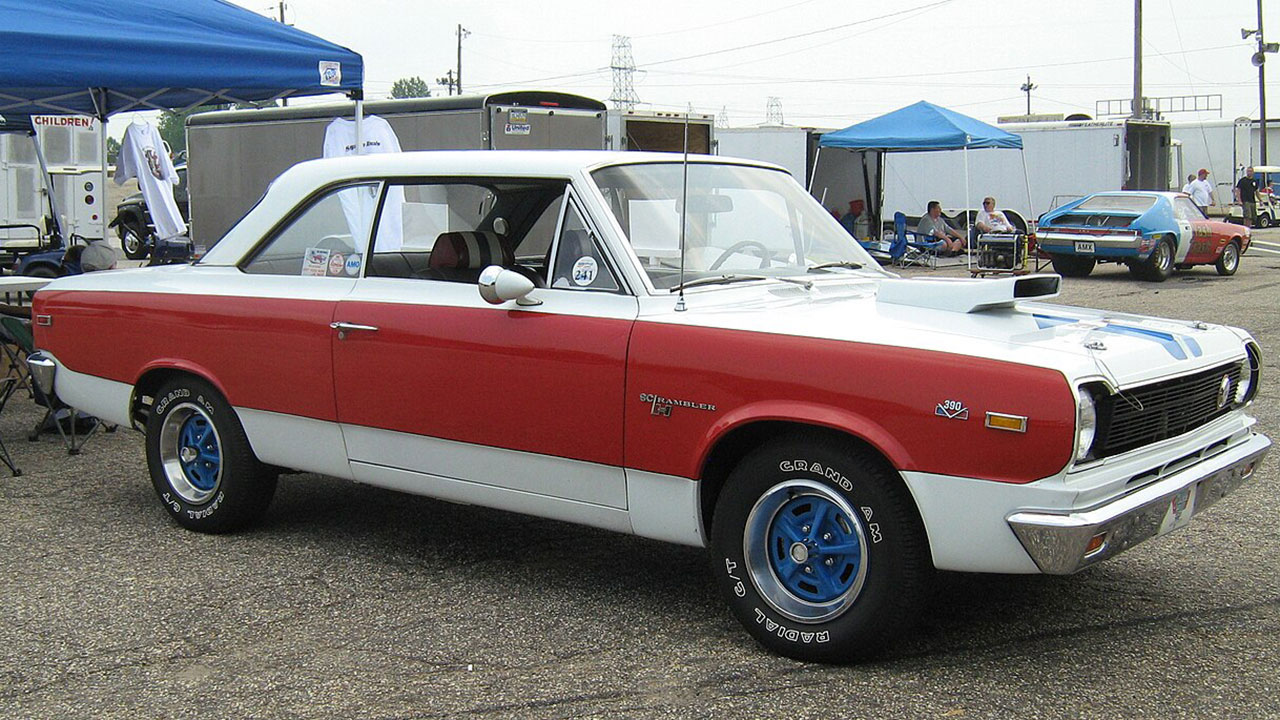
The SC/Rambler was a one-year special built in partnership with Hurst. With a 390 V8 and loud red, white, and blue graphics, it was affordable, lightweight, and drag-strip ready. Its brash styling and strong performance made it one of AMC’s most memorable muscle cars.
Like Fast Lane Only’s content? Be sure to follow us.
Here’s more from us:
*Created with AI assistance and editor review.

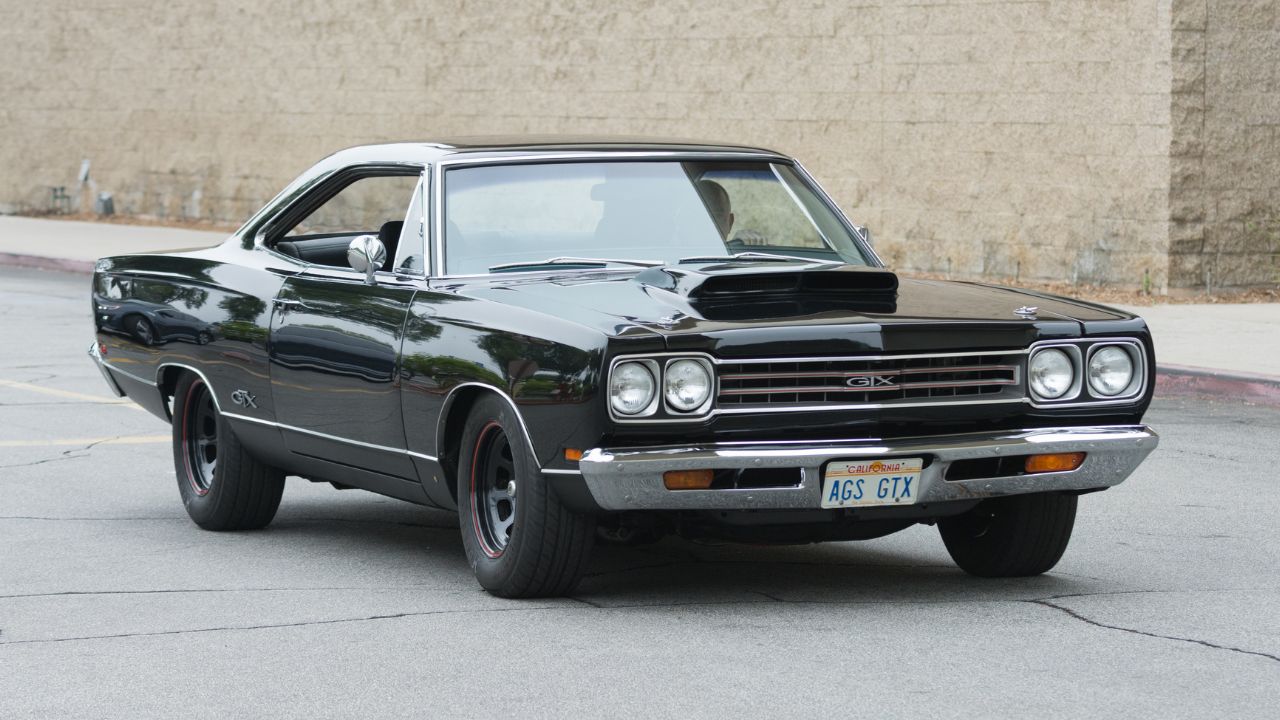
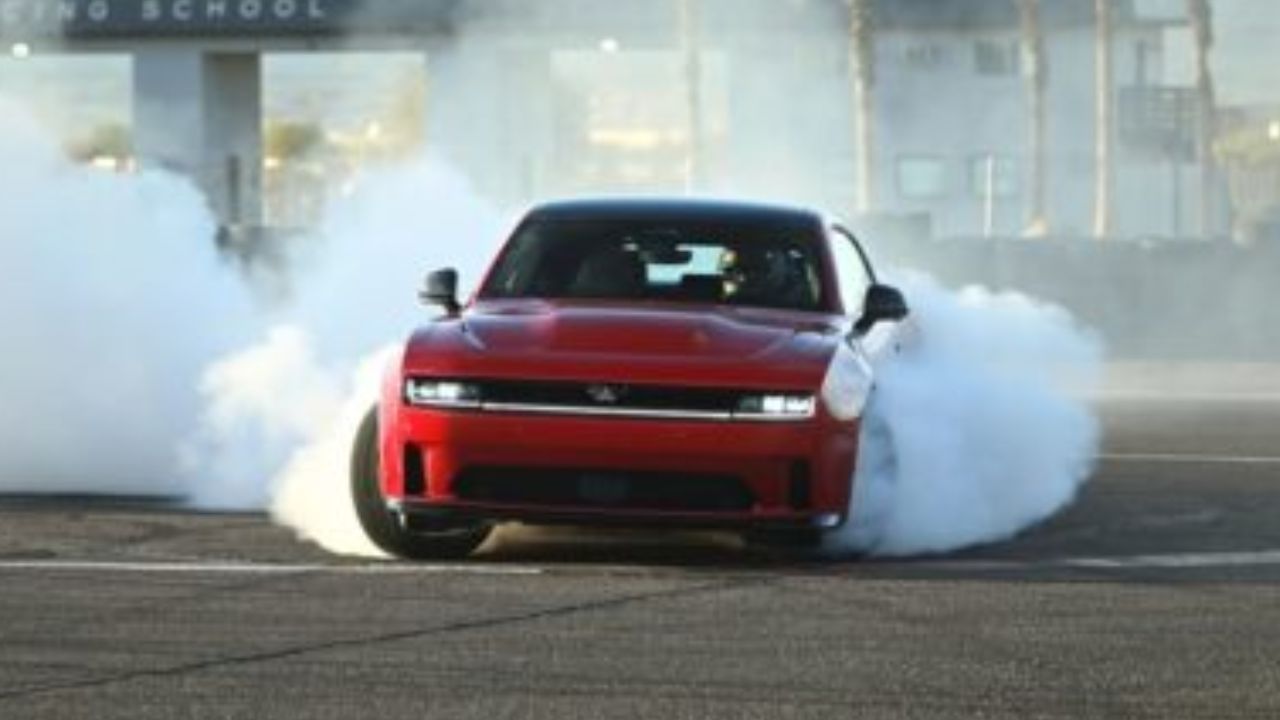
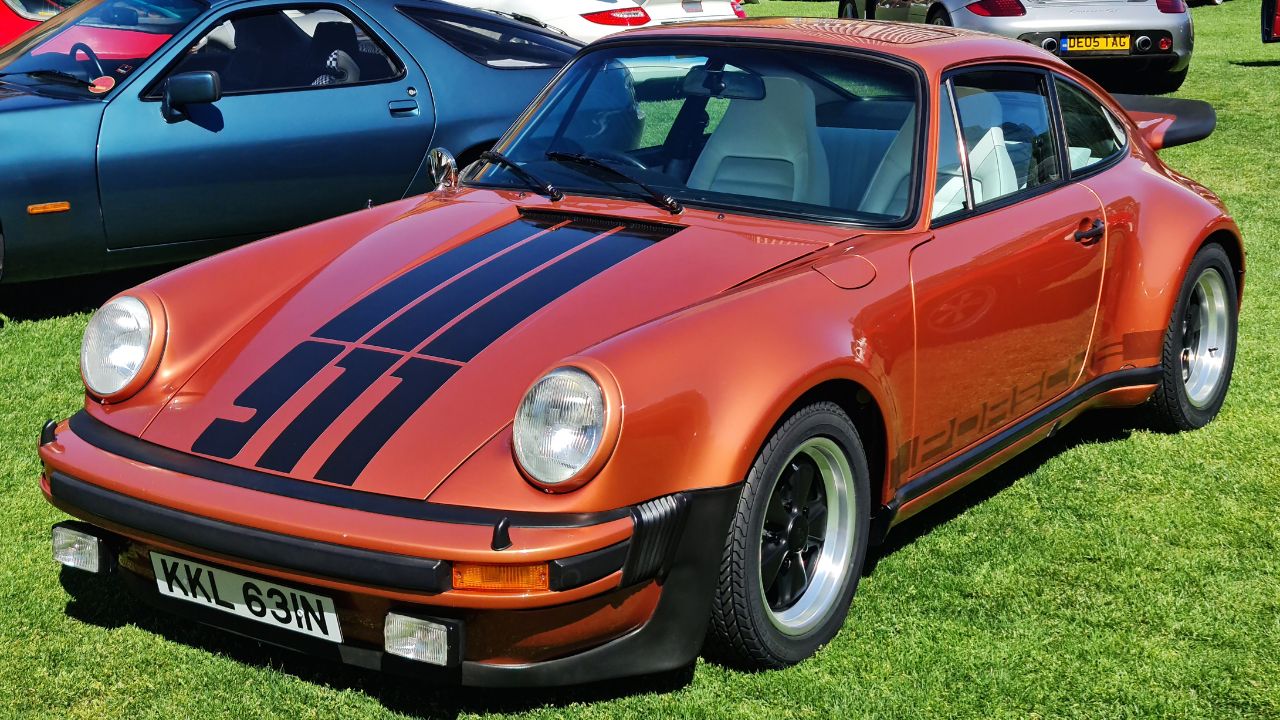
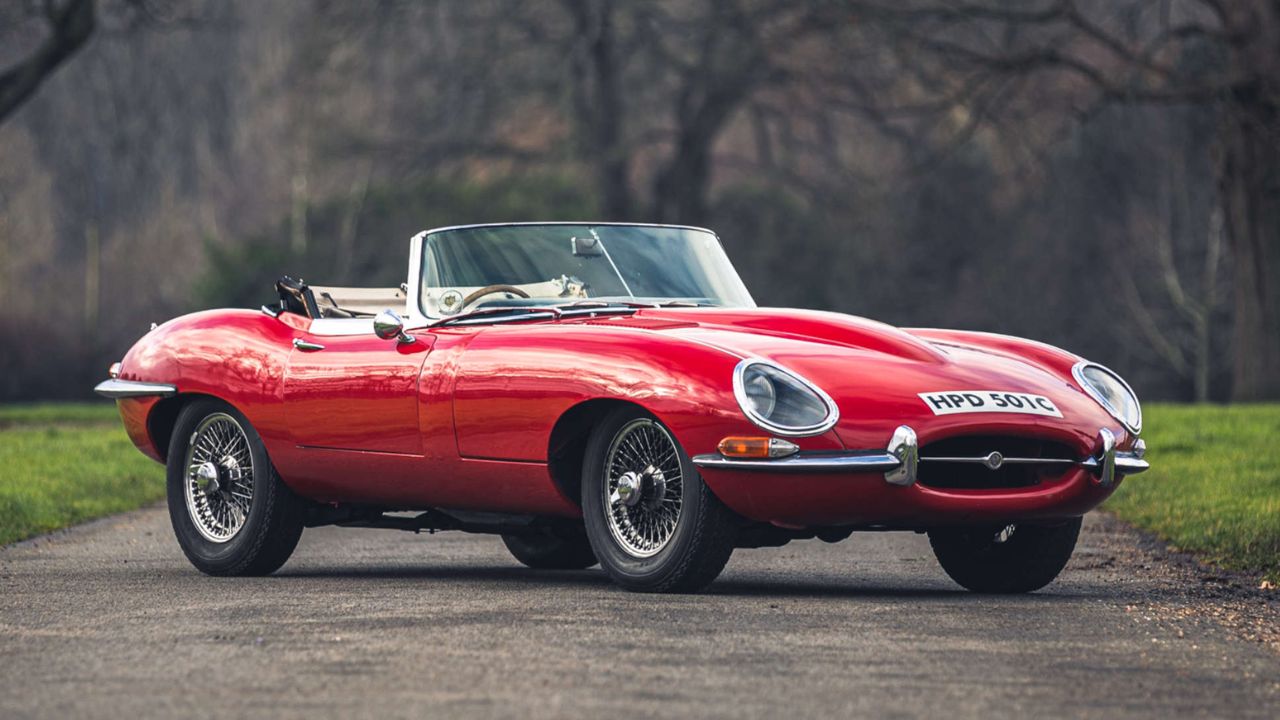
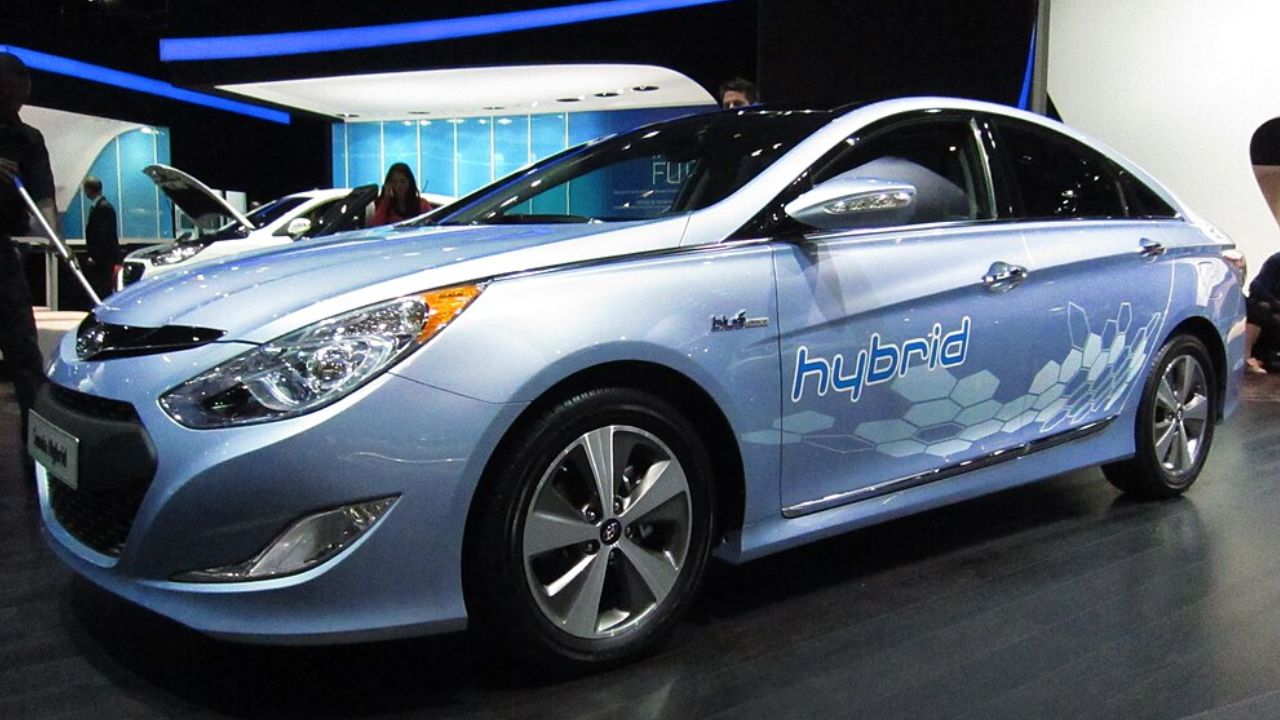
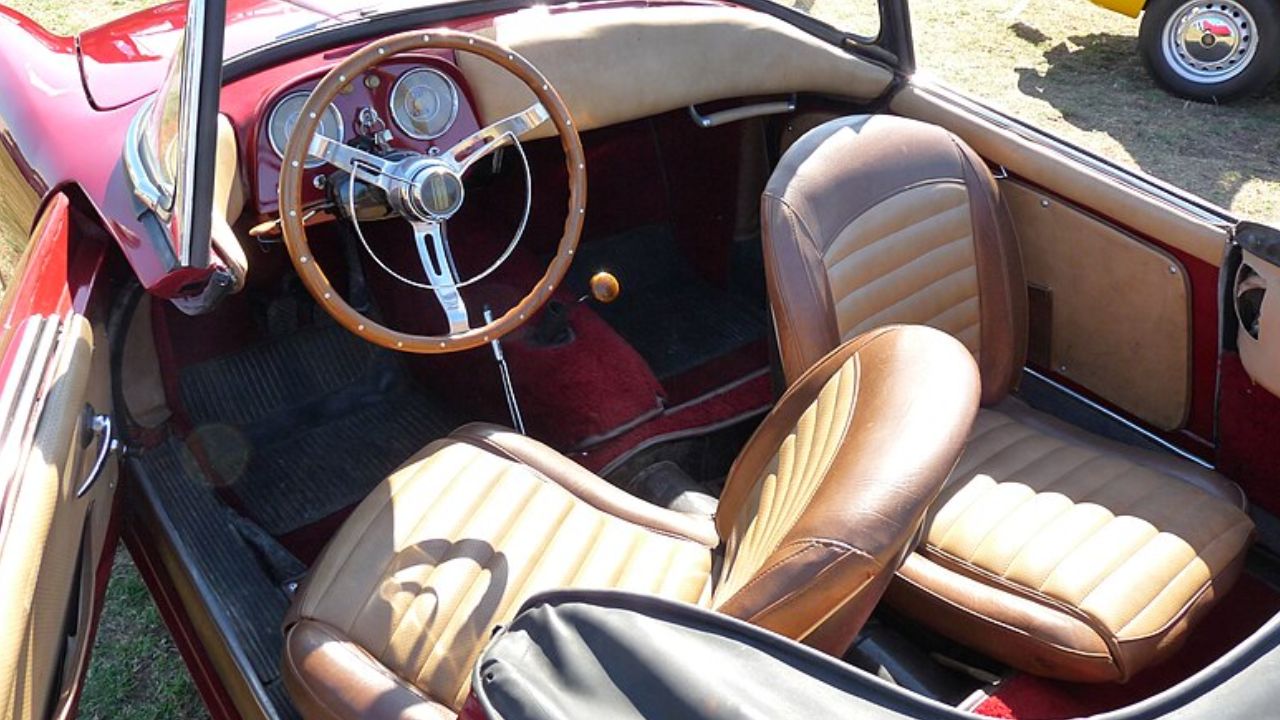
Leave a Reply